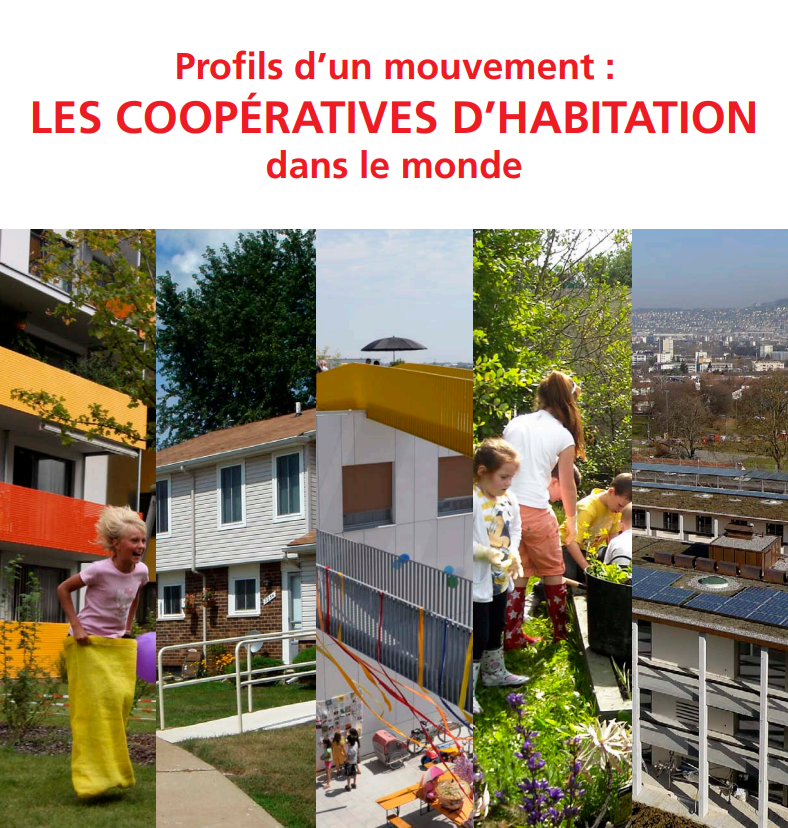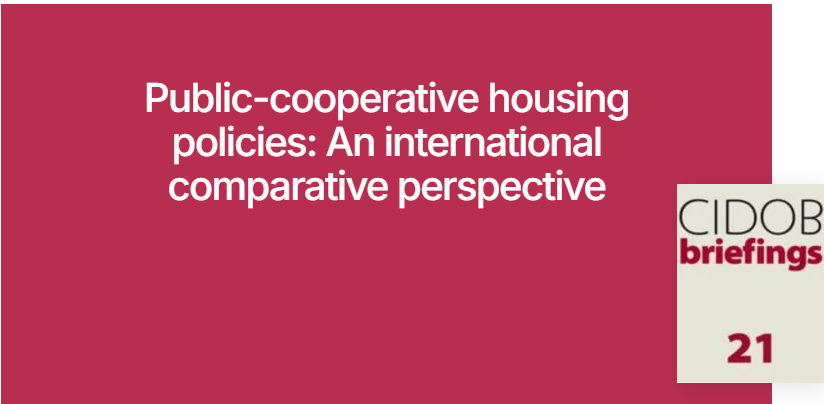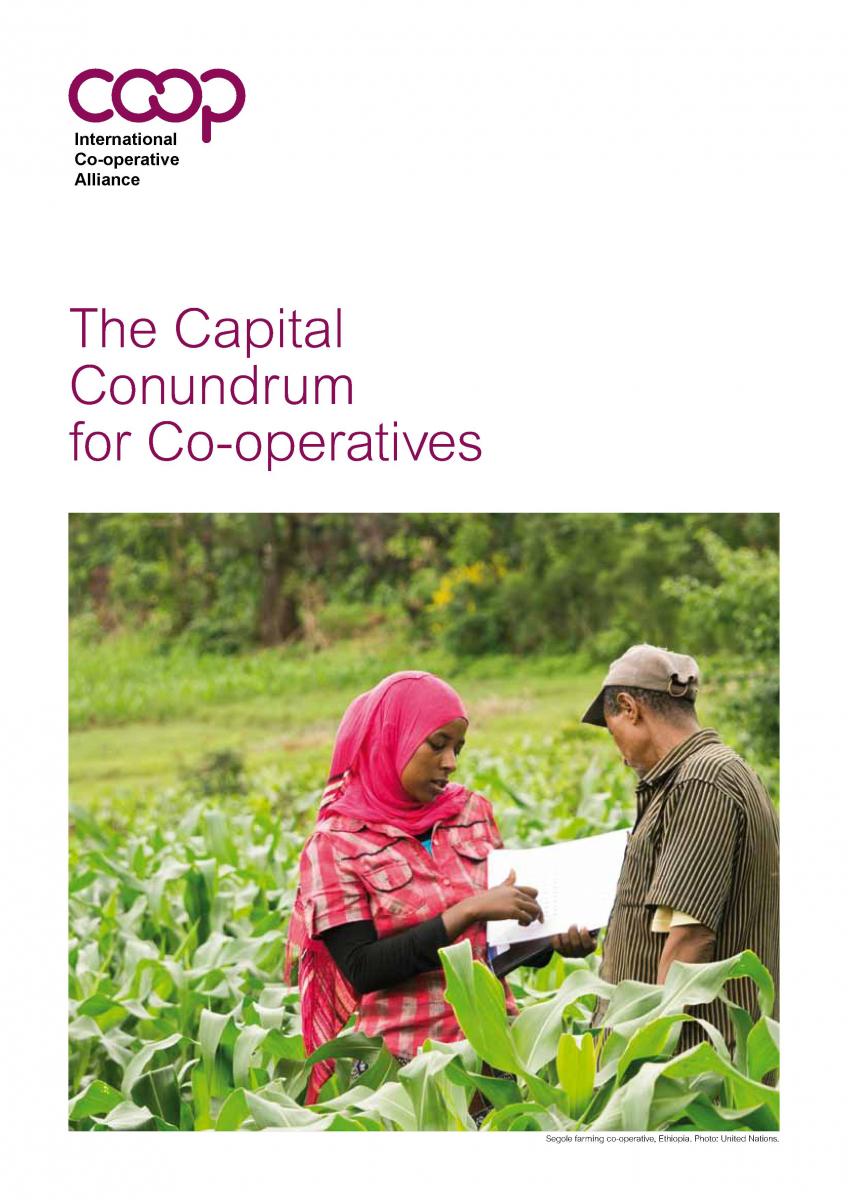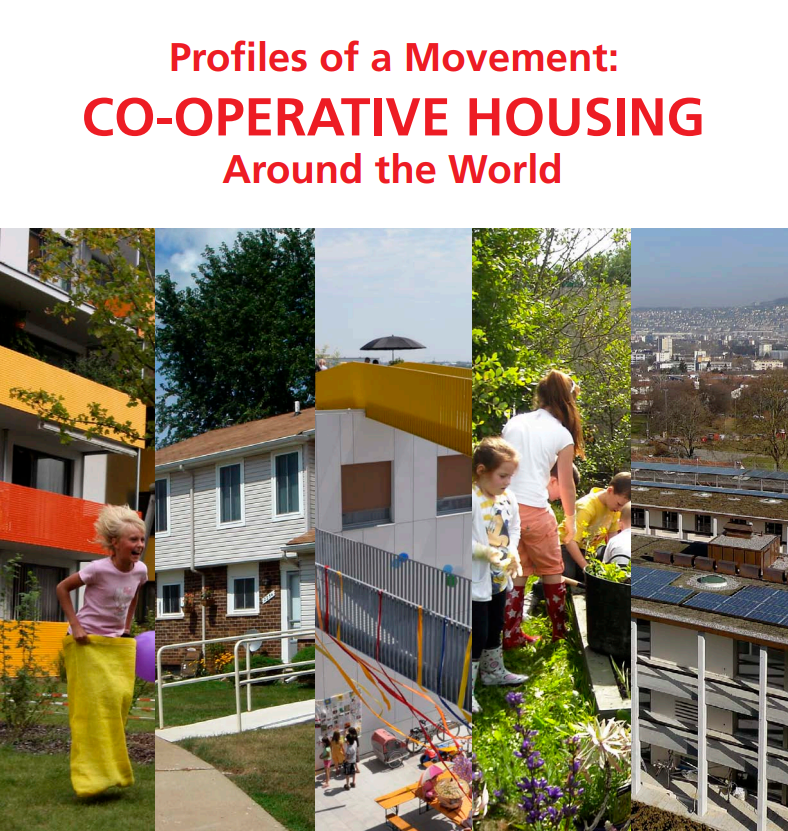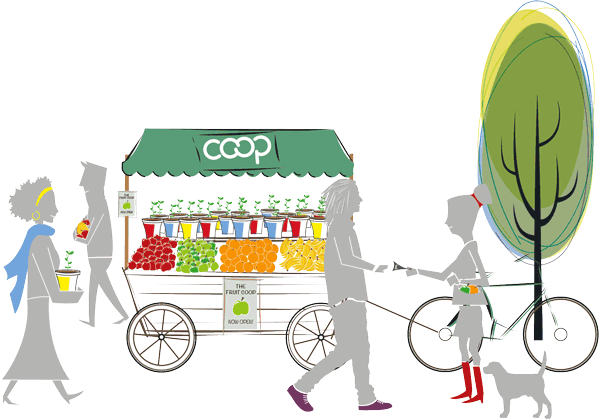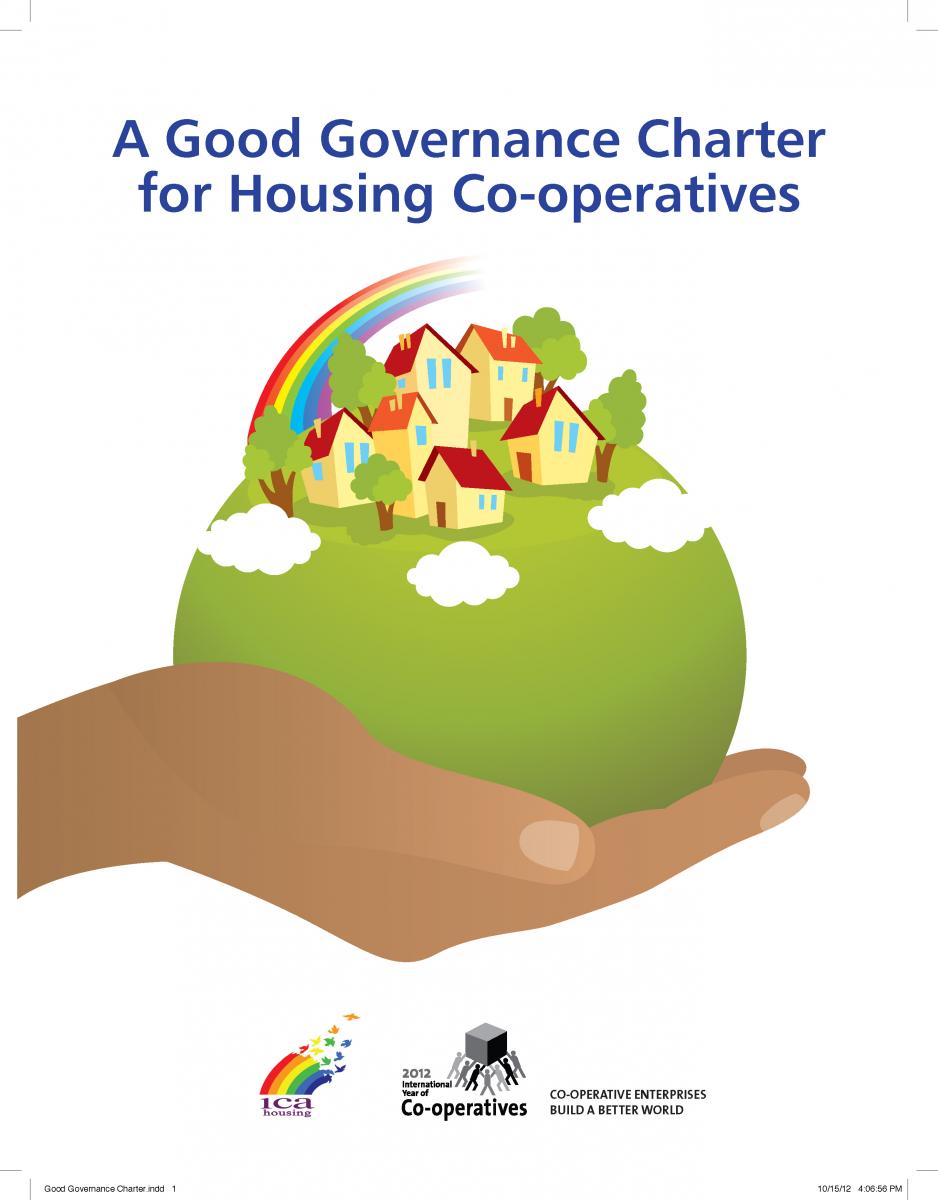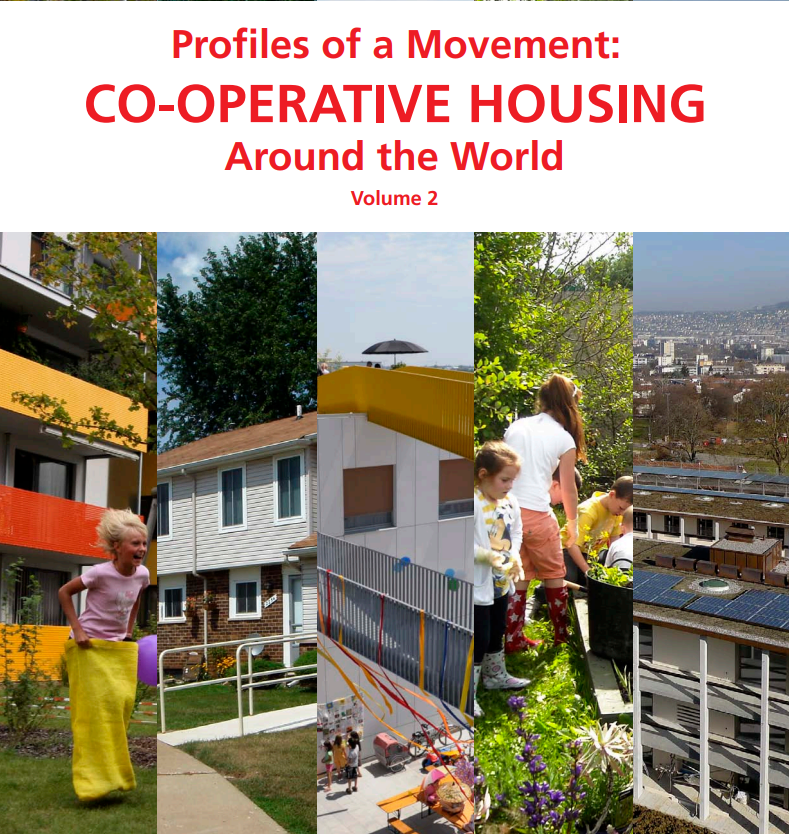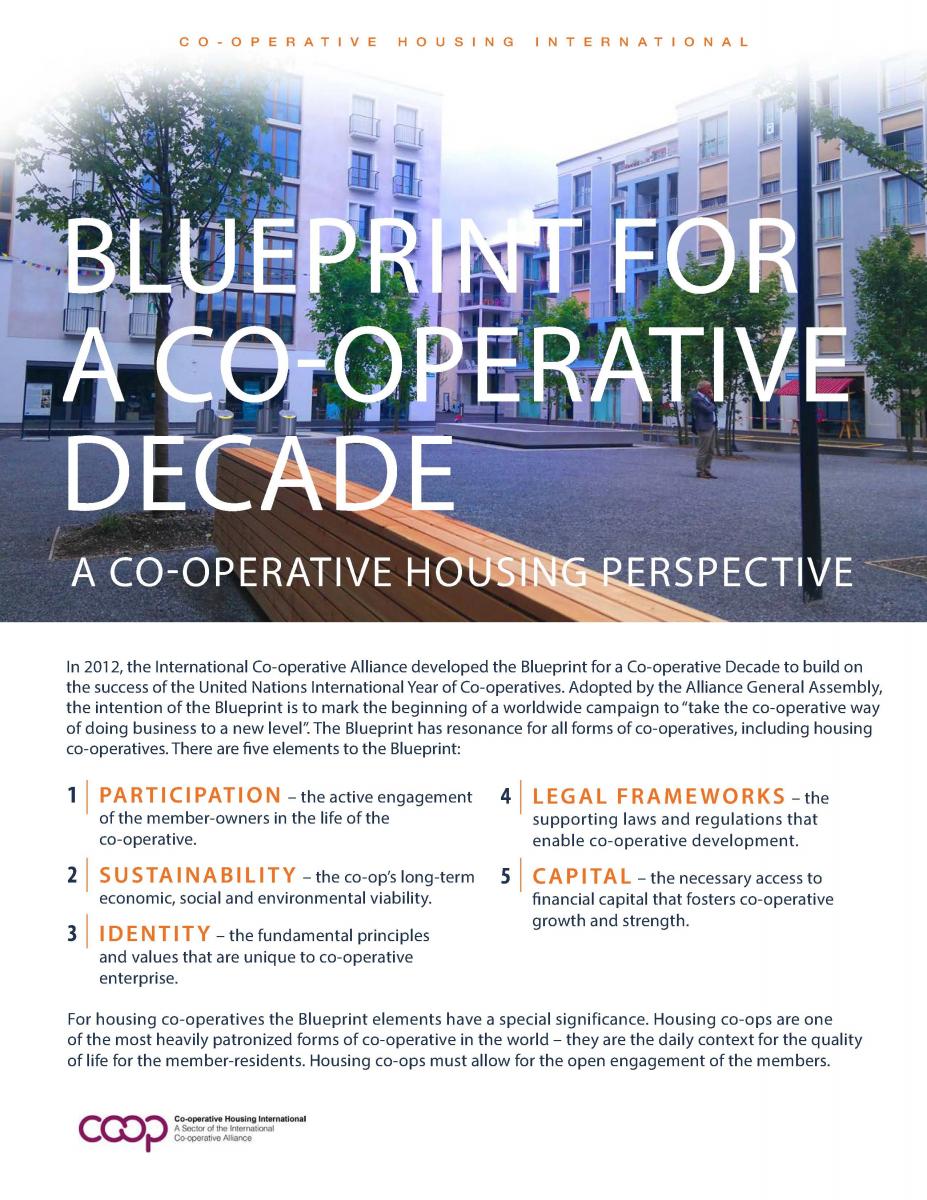About Uganda
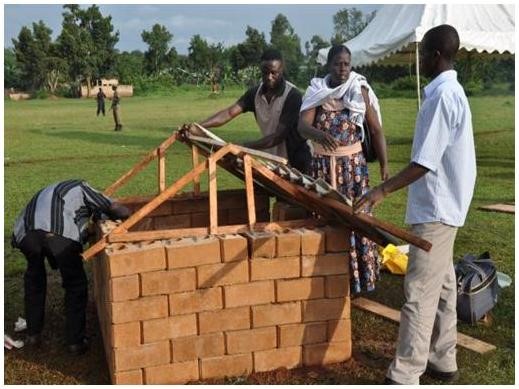
Some of the members setting up a demo unit with the products they make
History of Cooperative Housing in Uganda
Uganda’s housing cooperative movement began to take shape in the early 1990s. A key moment came in 1991 when the Uganda National Workshop on Housing, Construction, and Building Material Co-operatives took place in Mukono. The workshop aimed to explore whether cooperative models could increase housing production, promote the use of local materials, and generate employment.
Before this, some multipurpose cooperatives—such as Kataayi Cooperative—constructed a few housing units for members. However, these co-ops were not formally registered as housing cooperatives and focused mainly on agriculture and finance.
After independence in 1962, housing cooperatives received little to no government support. Successive regimes ignored the sector. Even the current government, which took power in 1986, failed to prioritize cooperative housing initially.
Revival Through International Partnership
In 2008, the Swedish Cooperative Centre (now We Effect) partnered with the Ugandan government to revive housing cooperatives, particularly for low-income earners. Together, they launched the Housing Cooperative Development Project (HCDP), hosted by the Uganda Cooperative Alliance (UCA). The project aimed to mobilize low-income communities, form new housing cooperatives, and help them realize their right to adequate housing.
Since its inception, HCDP has helped establish 14 housing cooperatives in the Central Region and 3 in the Eastern Region. Public awareness campaigns and community outreach have supported this growth.
Uganda’s Housing and Demographic Challenges
Uganda’s rapid population growth compounds its housing crisis. The population grew by nearly 4% in 2010 and was projected to reach 45 million by 2020. In 2012, 56% of the population was under 18 years old.
Urbanization is also accelerating. In 2012, 5 million Ugandans (14% of the population) lived in urban areas—up from 0.8 million in 1980. UN-Habitat reports that 93% of Uganda’s urban population lives in slums.
The Ministry of Lands, Housing and Urban Development reports a housing deficit of 720,000 units, with only 20,000 to 30,000 new units built annually. This creates an annual shortfall of 120,000 units. Projections estimate an 8 million unit housing deficit by 2040, with 2.5 million in urban areas alone.
Financial and Legal Barriers
Most Ugandans face serious financial obstacles to housing. In 2009–2010, 25% of the population lived below the poverty line. The Uganda Human Settlement Network reports that 62.3% of households lack access to financial services. Of those with access, only 0.62% qualify for mortgage loans.
Uganda’s government does not directly fund housing cooperatives. Most rely on member savings. The revised National Housing Policy now recognizes cooperative housing as a tool to tackle the housing deficit. Revisions to the Land Act aim to make land more accessible to housing cooperatives by stabilizing prices and simplifying titling.
Institutional Support and Capacity Building
Despite limited resources, housing cooperatives benefit from several support mechanisms:
-
HCDP offers capacity building, advocacy, and technical assistance.
-
MoLHUD helps with land acquisition, surveying, titling, and construction.
-
The Ministry of Trade, Industry and Cooperatives supports legal registration and monitors compliance.
Current Status of Housing Cooperatives
Although no units have been completed yet, four cooperatives have purchased land, and two have finalized construction plans. Characteristics of Ugandan housing cooperatives include:
-
Ownership Model: Members own their units; cooperatives own the land and common spaces.
-
Low-Income Focus: Members typically live in slums or informal settlements and seek affordable alternatives.
-
Geographic Clustering: Co-ops usually form among people from the same locality, particularly in the Central Region.
-
Democratic Governance: Members elect leaders, vote equally, and manage activities collectively.
-
Size: The largest co-op has 157 members; the average is 40 members.
-
Self-Management: Most co-ops are run by volunteers from within the membership.
-
Savings-Based Financing: Financing depends on member savings, but saving capacity remains low.
Financing Challenges
External financing remains limited due to the early stage of most cooperatives. Land is expensive and difficult to title—both major hurdles for securing loans. High-interest mortgage products do not cater to cooperatives. No bank or financial institution currently offers construction loans tailored for co-ops.
Legal Framework for Housing Cooperatives
Uganda has several laws that affect cooperative housing:
-
Co-operative Act (1991): Governs cooperative operations.
-
National Co-operative Policy (2011): Promotes cooperative expansion and improved governance.
-
Land Act (1998): Under review to improve land access.
-
National Housing Policy: Now explicitly supports housing cooperatives.
-
Condominium Property Act (2001): Encourages high-density housing.
-
Mortgage Act (2009): Outlines group mortgage acquisition.
-
National Environment Act (1995): Supports sustainable building practices.
The Cooperative Housing Movement in Uganda
The Uganda Cooperative Alliance (UCA), founded in 1961, serves as the national apex body for all cooperatives, including housing. Under UCA, the HCDP oversees development and operations of primary housing cooperatives.
A new umbrella body—the Uganda Housing Cooperative Union (UHOCU)—is forming to coordinate member activities, lobby for policy support, and oversee growth.
Key partners include:
-
We Effect: Provides funding and technical support.
-
UHSNET (Uganda Human Settlement Network): Advocates for housing policy reforms.
-
MoLHUD and Ministry of Trade, Industry and Cooperatives: Offer technical and legal support.
Conclusion
Uganda’s cooperative housing movement is still in its early stages. While progress has been slow due to financial and legal constraints, ongoing policy reforms, NGO support, and community efforts are laying the groundwork for future expansion. Housing cooperatives offer a promising model to address Uganda’s severe housing shortfall—especially for low-income earners shut out of traditional housing markets.
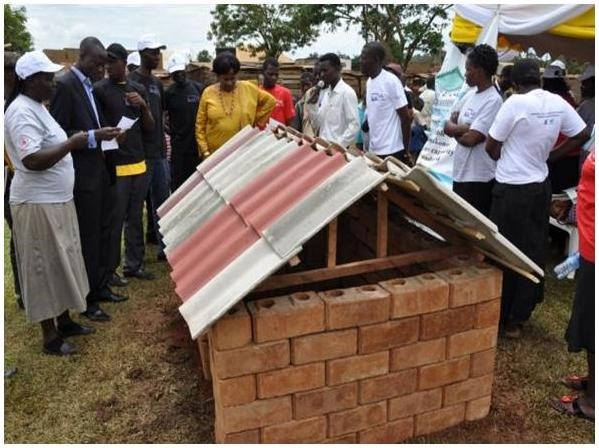
A demo unit constructed by members of the PHCs using the interlocking blocks and the roofing tiles that they make
Resources Tagged "Uganda"
The Cooperative Identity — the shared values and principles that unite cooperatives worldwide — is being revisited for the first time in decades. The International Cooperative Alliance (ICA) has released Discussion Draft 2 of ...Read More
Governance Global Study
The Law on Cooperative Housing report marks a milestone in CHI’s collaboration with the International Cooperative Alliance (ICA) through the International Legal Research and Analysis Initiative (ILRAI). Co-funded by the European ...Read More
Legal Global News Article
L'habitat coopératif offre des logements abordables à long terme, gérés par les résidents, avec des avantages sociaux, économiques et environnementaux avérés. Malgré son impact mondial, ce secteur reste méconnu.Read More
Financing and Development Global Report
Explore public policies supporting cooperative housing worldwide in this comprehensive report. Discover how governments and cooperatives collaborate to create sustainable and affordable housing solutions globally.Read More
Research Global Research Paper
The Commission's final report on Cooperative and Mutual Housing (Bringing Democracy Home) highlighted the need for consideration of the role that cooperative and mutual housing could play in the national housing strategy. The Fina ...Read More
Financing and Development Global Report
Par cette publication, nous souhaitons ouvrir le débat sur le logement en tant que droit fondamental et enjeu métropolitain, en mettant en lumière l’expérience de grandes métropoles et dans l’espoir d’inspirer des idées nouvelles pour aborder cet enjeu absolument fondamental de l’urbanisation moderne.Read More
Advocacy Global
In 2000, United Nations (UN) member states recognised the need to build global partnerships for development and the exchange of expertise as one of the Millennium Development Goals. Across the international development field, part ...Read More
Financing and Development Global
New report: The Capital Conundrum for Co-operatives "The Capital Conundrum for Co-operatives", a new report released by the Alliance’s Blue Ribbon Commission explores ideas and options available to co-operatives that need suitab ...Read More
Financing and Development Global
Financing the development of housing co-operatives is a challenge and more so in time of financial restrictions and uncertainty. CHI members discussed the issue during a seminar held in November 2009 in Geneva. Presentations w ...Read More
Financing and Development Global
The Forest Products Annual Market Review 2013 reports that the development of new refinement processes has led to the production of new and more affordable wood based products such as cross-laminated timber (CLT). The report sta ...Read More
Sustainability Global
Updated Guidance Notes on the Co-operative Principles, edited by David Rodgers, former President of Co-operative Housing InternationalRead More
Governance Global
The ILO views cooperatives as important in improving the living and working conditions of women and men globally as well as making essential infrastructure and services available even in areas neglected by the state and investor-driven enterprises. Cooperatives have a proven record of creating and sustaining employment – they provide over 100 million jobs today; they advance the ILO’s Global Employment Agenda and contribute to promoting decent work.Read More
Legal Global
Cooperative housing offers long-term, affordable homes governed by residents, with proven social, economic, and environmental benefits. Despite its global impact, the sector remains under-recognized.Read More
Financing and Development Europe Report
Student housing cooperatives have become very popular in the USA and many of these housing co-operatives are members of organizations such as NASCO. Unlike a resident who acquires shares at market rates to earn the right to occupy ...Read More
Community Global
The Good Governance Charter for Housing Co-operatives was launched at the ICA Housing Plenary in Manchester in November 2012.It has three parts:A 10-point set of good governance practicesAn interpretive statement for each good p ...Read More
Governance Global
This second volume of Housing Co-operative Profiles focuses on African countries, showcasing the ingenuity and commitment of cooperators working under difficult conditions. It offers insights into the legal, financial, and historical contexts of housing co-ops, aiming to inspire broader adoption of the model as a solution to the global housing crisis.Read More
Community Global Report
The Blueprint for a Co-operative Decade is a worldwide campaign to “take the co-operative way of doing business to a new level”. The five key elements of the Blueprint are participation, sustainability, identity, legal frameworks and capital. The Blueprint is particularly relevant to co-operative housing and the Blueprint interpretation for co-operative housing below explains how.Read More
Governance Global


